From a bloody fortress to a cultural symbol of Herceg Novi. This is the story of Kanli Kula…
Montenegro, located on the Adriatic coast, is rich in fortresses that testify to its rich and turbulent history. These impressive structures, spread along the Montenegrin coast, reflect the influences of different cultures and civilizations that have ruled these regions. A special place among them is occupied by the fortresses of Herceg Novi, a city known for its strategic importance and turbulent past. One of the most prominent is Kanli Kula, whose fascinating history attracts the attention of visitors from all over the world.
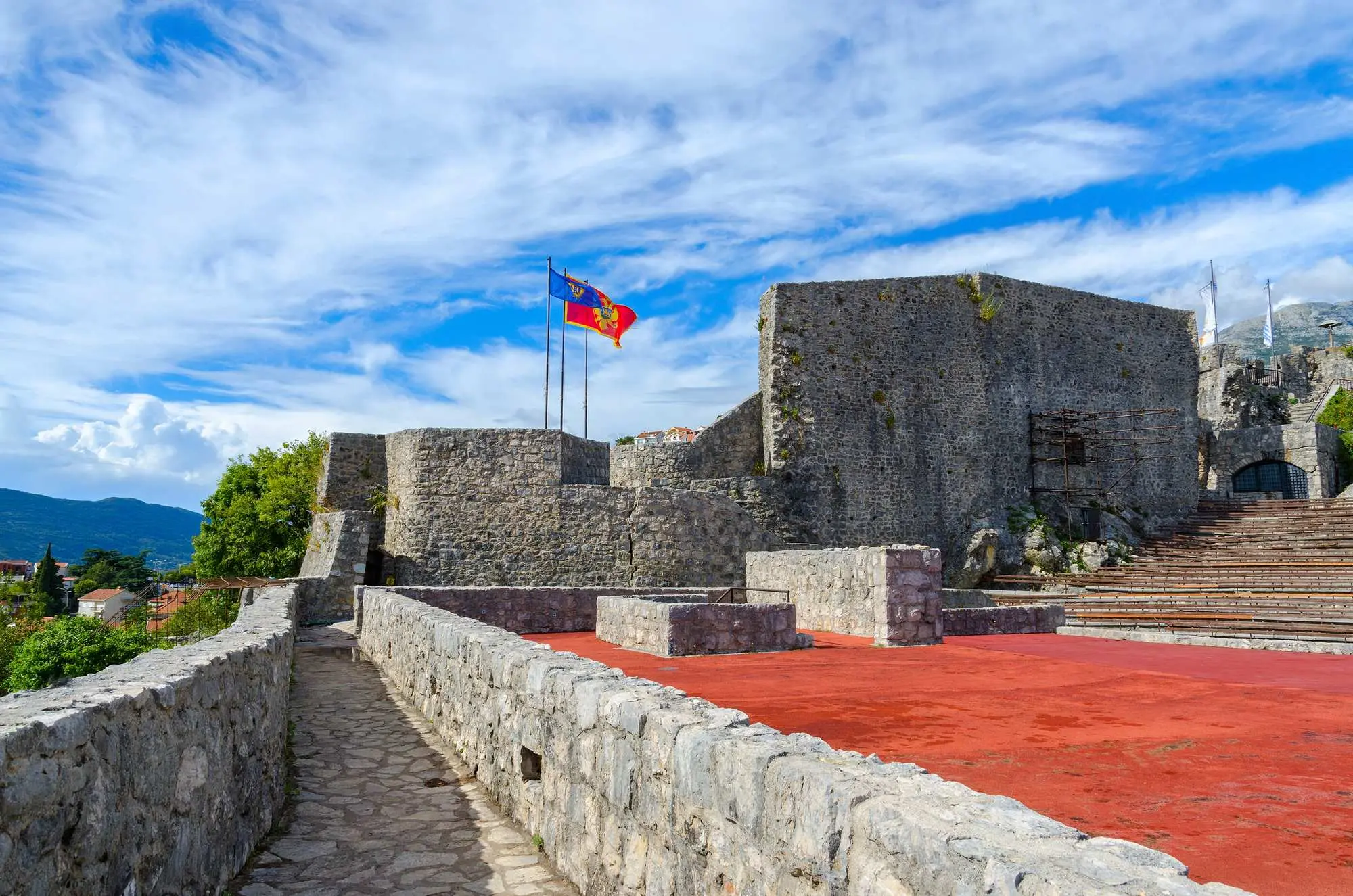
Kanli Kula, Photo: Olga355 Depositphotos
Kanli Kula, which means “bloody tower” in Turkish, is a monumental fortress located at the northernmost point of the Old Town in Herceg Novi, at an altitude of 85 meters above sea level. With its walls, it completes the city’s complex fortification system, testifying to the rich and turbulent history of this area. Built in 1539 by the Ottomans, the fortress originally served as a key part of the city’s defense system.
However, its name reflects the dark function it had during Ottoman rule when it was used as a notorious prison. Prisoners were often tortured, which further solidified their terrifying reputation. Inside the fortress is a well-preserved cistern that over time lost its original function and was later used as a prison cell. Drawings of different types of galleys, crosses, dates, and coats of arms can still be seen on the walls of the fortress today, providing insight into the past of this place.

Kanli Kula, Photo: Oleg.0 Depositphotos
The fortress was originally built on the foundations of an older structure, as suggested by inscriptions such as “pro pace” in Latin. Over time, the Kanli Tower suffered significant changes and damage, especially during the Venetian rule that began in 1687. The Venetians made certain modifications to the fortress, trying to change its reputation, even giving it a new name “Porte di Terra” (Italian for “Land Gate”), but the new name was never fully accepted by the local population.
THE FORTRESS IS ALSO CONNECTED WITH A LEGEND THAT TELLS ABOUT THE SON OF DUKE HERCEG STEPHAN, WHO BROUGHT THE TURKS TO THE CITY, REVEALING THEM THE SECRET PASSAGES IN ORDER TO TAKE OVER HIS FATHER’S WEALTH. THE TURKS ATTACKED FROM ALL SIDES AND CAPTURED THE CITY, FURTHER STRENGTHENING THE FORTRESS’ DARK REPUTATION.
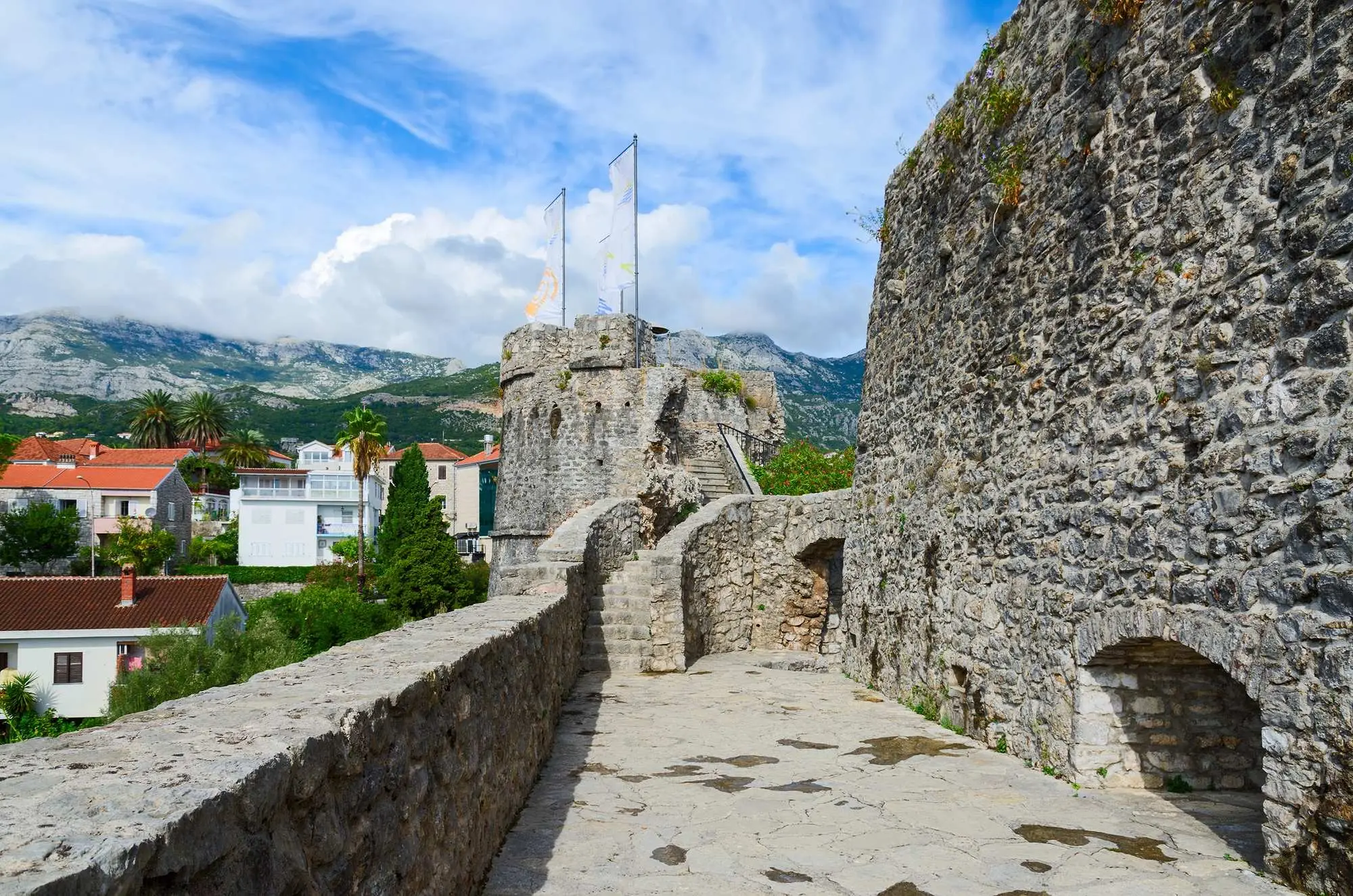
Kanli Kula, Photo: Olga355 Depositphotos
The interior of the fortress was also adapted in 1960 to create a summer stage. This is the amphitheater that was known for its rare beauty and functionality. After the devastating earthquake of 1979, the interior of the fortress suffered significant damage and was reconstructed in the Venetian style. Although it did not retain its former spirit and ambiance of the old summer stage, the modern adaptation provides functionality and charm, despite the loss of part of the cultural heritage.
Today, Kanli Kula has an open-air summer stage, with a capacity of over 1000 spectators, and hosts numerous cultural events and festivals, including the Herceg Novi Film Festival, Guitar Art Summer Fest, and Operosa Montenegro Opera Festival. Visitors to Kanli Kula can also enjoy impressive views of the Bay of Kotor and the old town of Herceg Novi. Its historical importance, architectural beauty, and cultural offerings make it an unmissable destination for anyone who wants to experience the rich heritage of Montenegro.
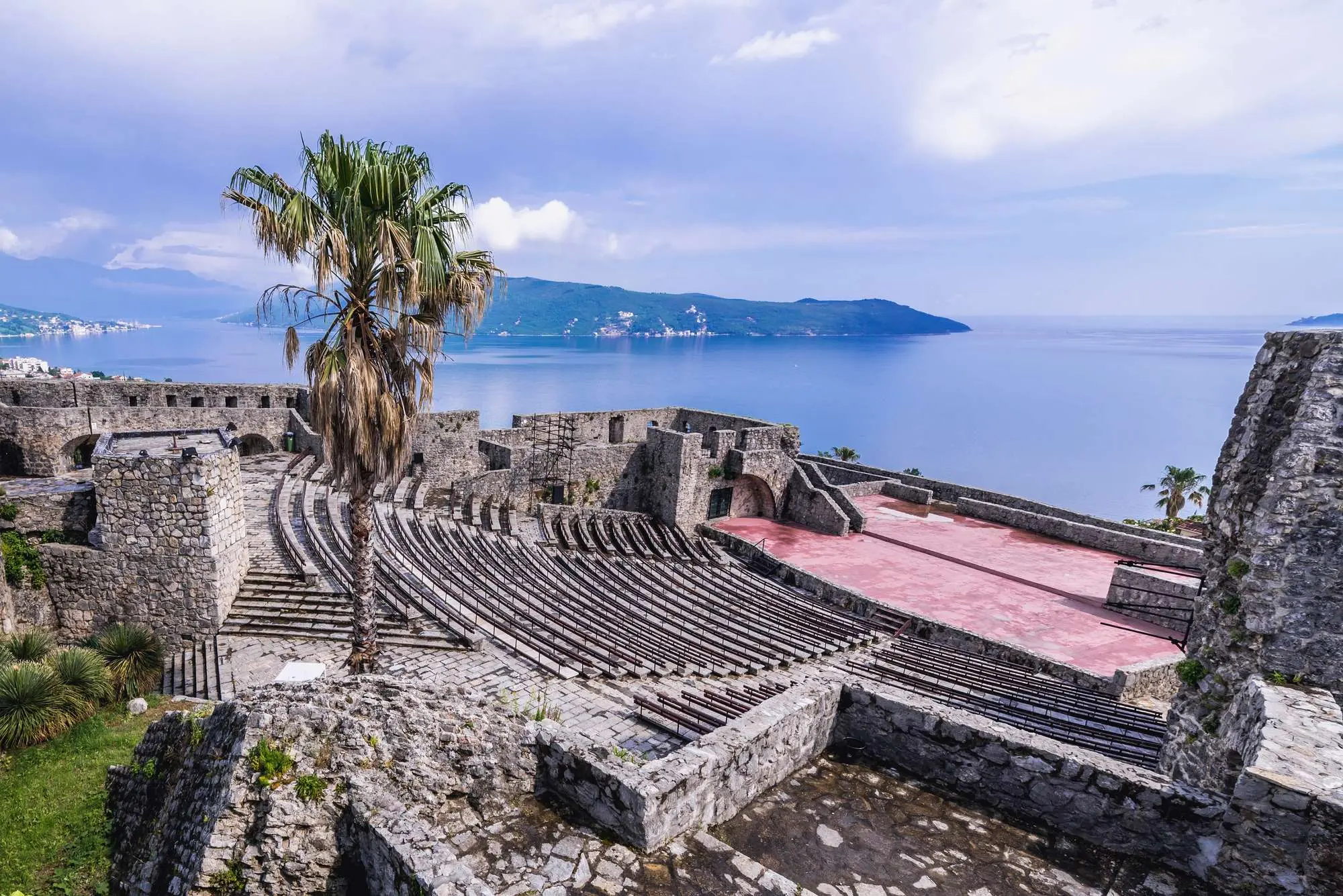
Kanli Kula, Photo: fotokon Depositphotos
Kanli Kula today stands as a symbol of resilience and transformation, reminding us of the capacity of space to transform from a place of suffering to a center of art and community. Its rich history and contemporary role make it a unique destination that connects the past and the present in a way that inspires and educates visitors. Be sure to visit..
Forte Mare: From a medieval tower to a modern open-air cinema

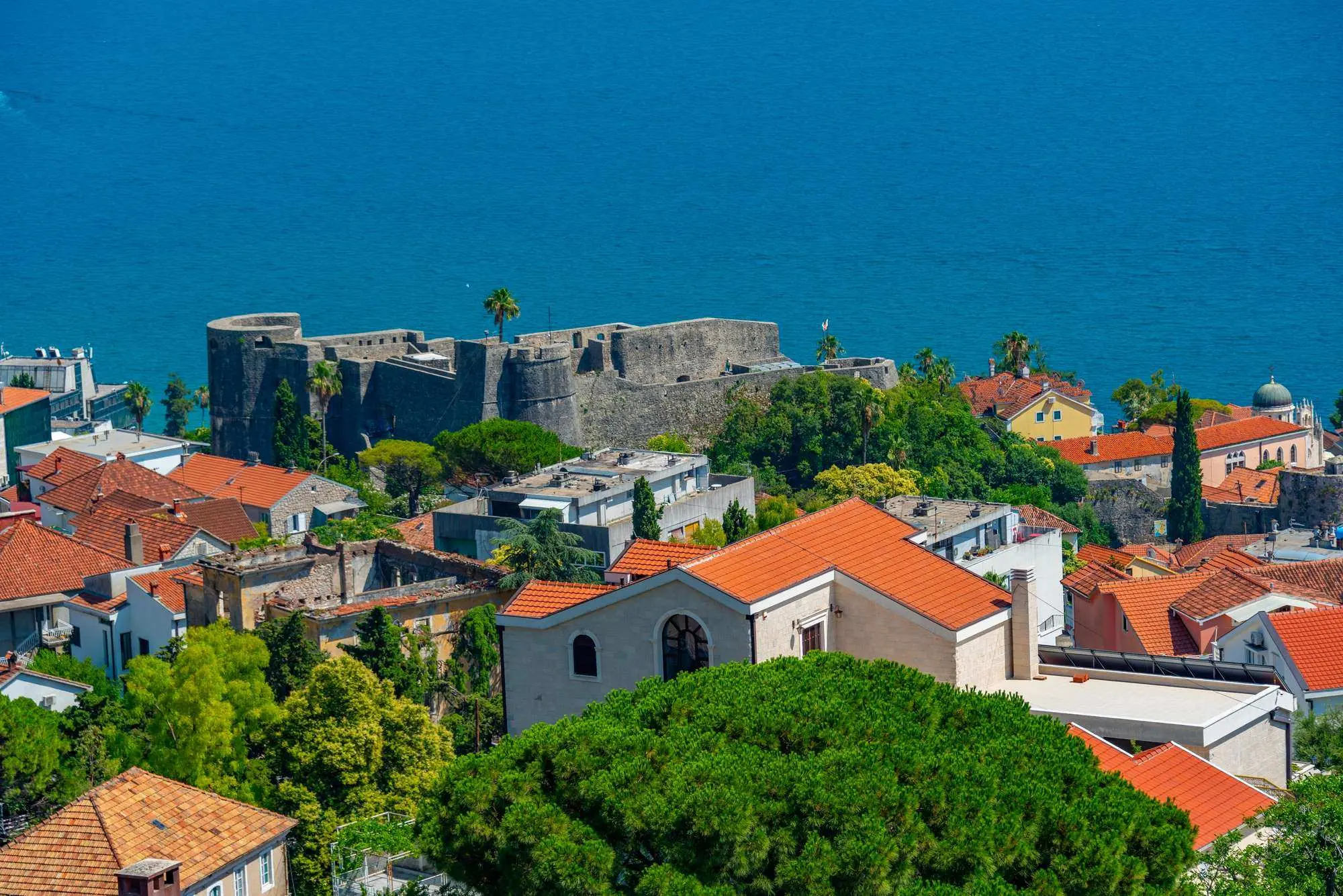
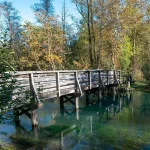
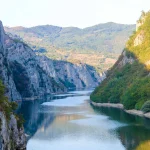
Leave a Reply